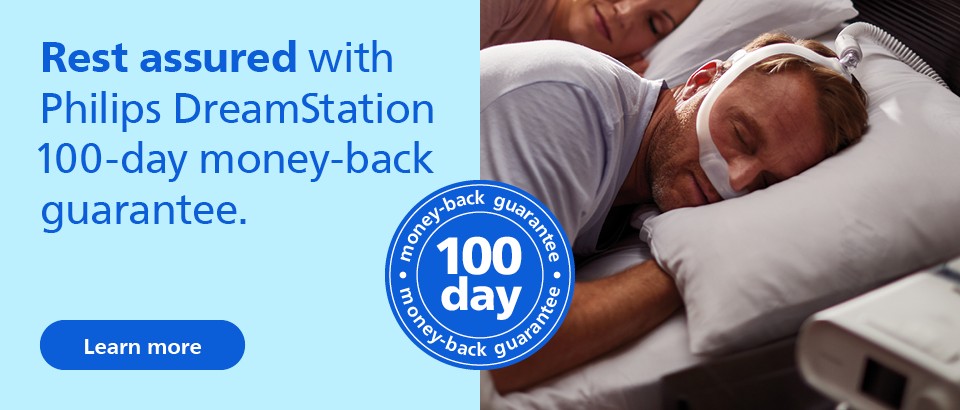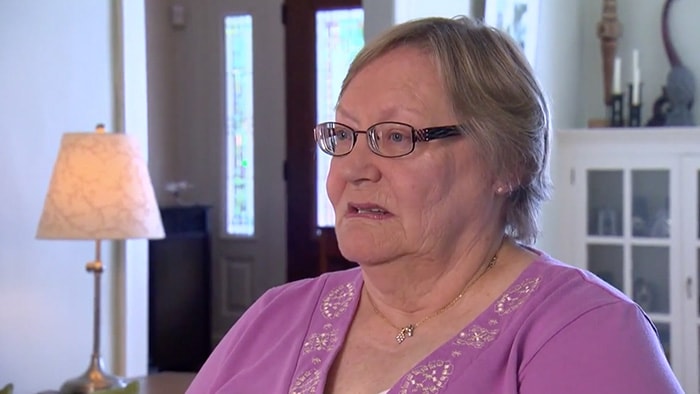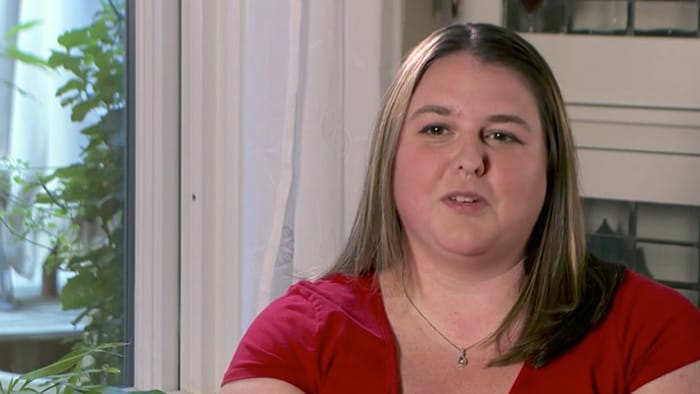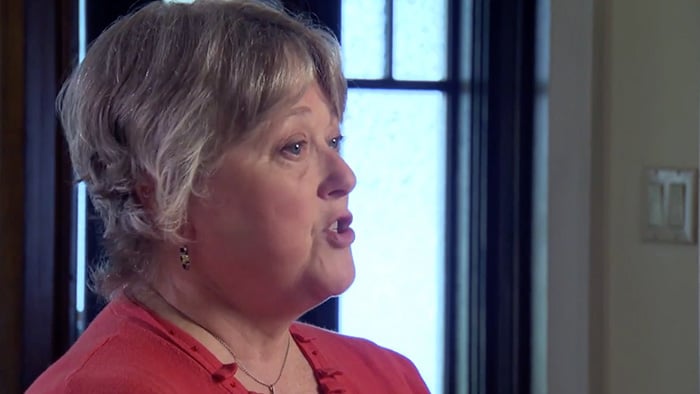Take charge with ease and confidence
DreamStation is responsive, informative, easy-to-use and connects remotely to your care team. In virtually every way, it’s designed to make it comfortable to help you stay committed to your treatment.
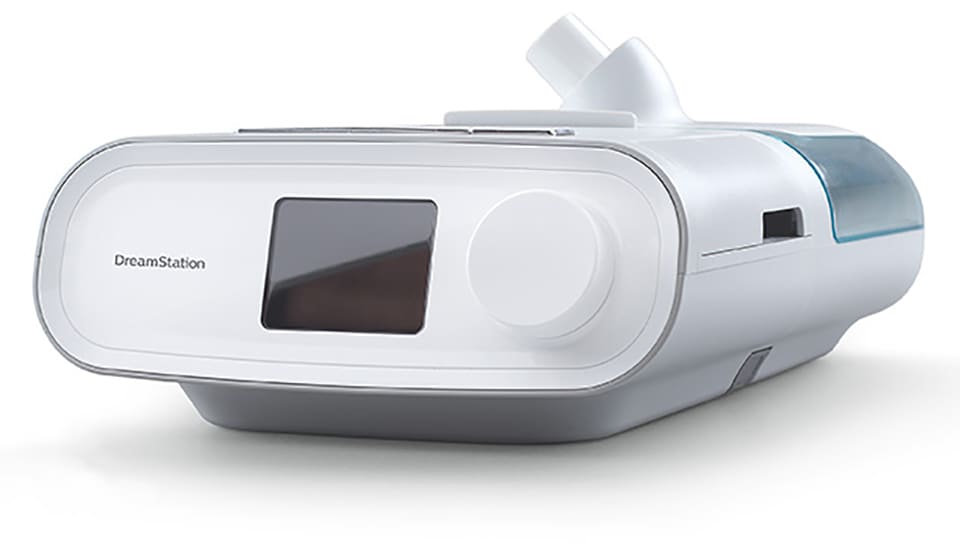
Colourful display with icon-based navigation system Among the leading CPAP brands, features a selection of wireless options, including Bluetooth, SD Card and cellular1 Confirms every morning that your device was working properly through the night, and provides maintenance alerts and reminders every 30 days Comes with the DreamMapper app, which provides you with details about your progress
How therapy works
Benefits of PAP therapy
By taking your therapy to heart and using your device every night, you can see a dramatic improvement in daily life and your overall well-being. Some benefits of treatment3 include: • Increased energy level and attentiveness during the day • Fewer morning headaches • Reduced irritability • Improved memory • Less waking during the night to go to the bathroom • Increased ability to exercise • Improved overall quality of life
CPAP therapy is a noninvasive, highly effective treatment that gently blows air into your nose and/or mouth to prevent your airway from collapsing while you sleep.
Hear from others who have been where you are right now
Advice & insight
Stories from people with sleep apnoea
Adjusting to therapy Getting fully comfortable with your device and mask can take a little time, but it will happen – and it’s worth it.
Starting therapy
The transition to sleep therapy can be smoother than you might think – and the results can happen faster than you expect. Most people begin to feel better within the first week of use, though for some people it may take a little longer.
Life with therapy You can get into a comfortable nighttime routine, and the change in how you feel when you’re awake can be significant.

Myth: All CPAP devices are alike.

Fact: CPAP devices have different features, including fixed or variable pressure, pressure relief technology and humidification.
By Teofilo Lee-Chiong, MD, chief medical liaison, Philips Healthcare Solutions
PAP therapy solutions: what's the difference?
CPAP, BiPAP and Auto-adjusting devices
DreamStation is available in CPAP Pro, Auto CPAP, Auto BiPAP, AutoSV, and BiPAP AVAPS.
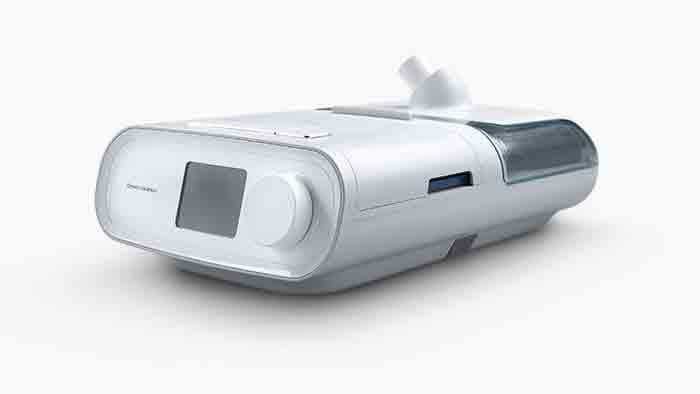
CPAP devices CPAP provides one level of pressure to your upper airway throughout the night.
CPAP H2O levels per/cm

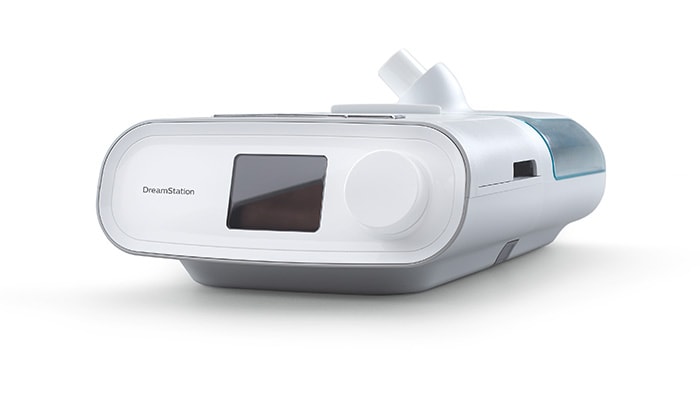
Auto CPAP devices Auto-adjusting provides a variable pressure throughout the night based on your needs and sleep stage.
Auto H2O levels per/cm
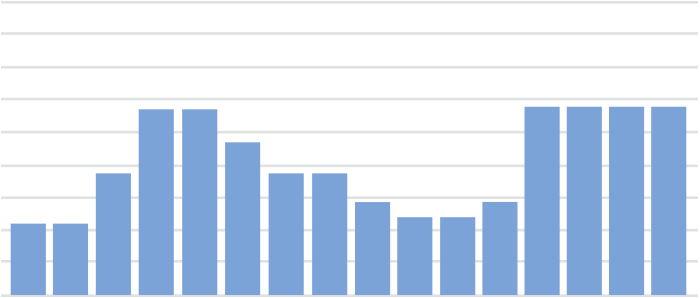
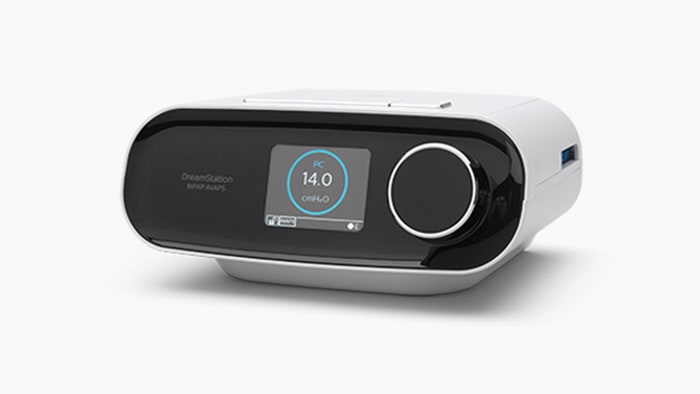
BiPAP devices BiPAP bi-level provides two levels of pressure throughout the night.
Bi-level H2O levels per/cm
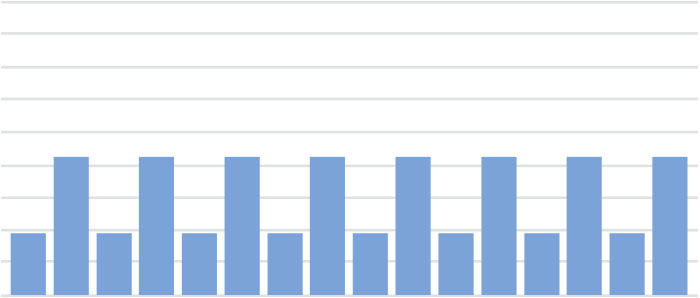
Get to know your CPAP device
If you’re starting therapy, it’s helpful to understand how your device’s components work.
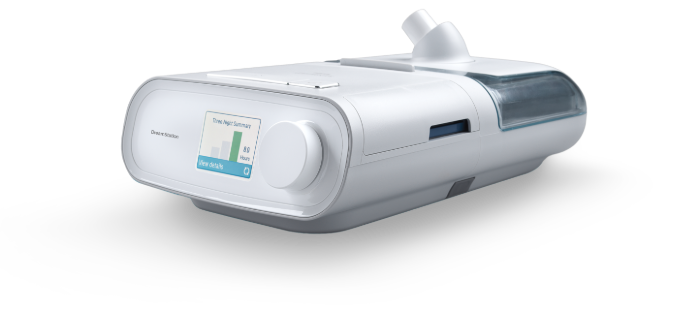
Display settings Intuitive menu system and quiet with a compact, travel friendly shape.
Tubing Simplified detachable humidifier with top-mounted hose that is easy to access, fill and clean.
Air filter 5 year warranty for your peace of mind.
For information on when to replace your sleep therapy components, please click here.
DreamStation accessories
Our most advanced system, our most advanced level of convenience
We’ve not only evolved sleep apnoea therapy. We’ve evolved the ease of keeping it close by, powered up and neatly stored, anywhere you are.
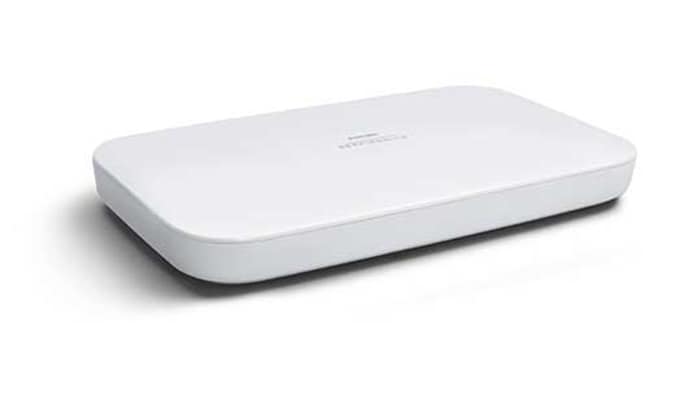
PAP battery kit
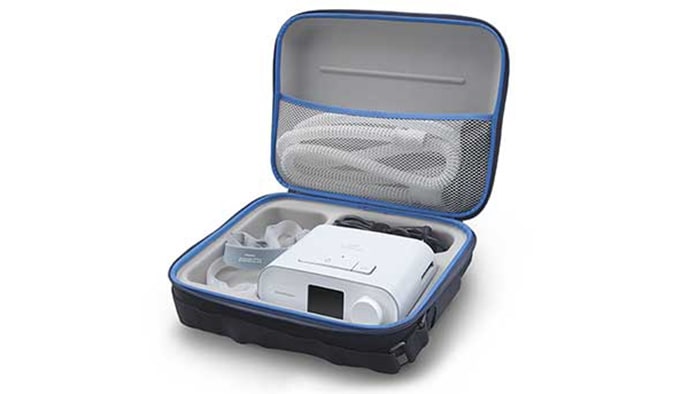
DreamStation travel case
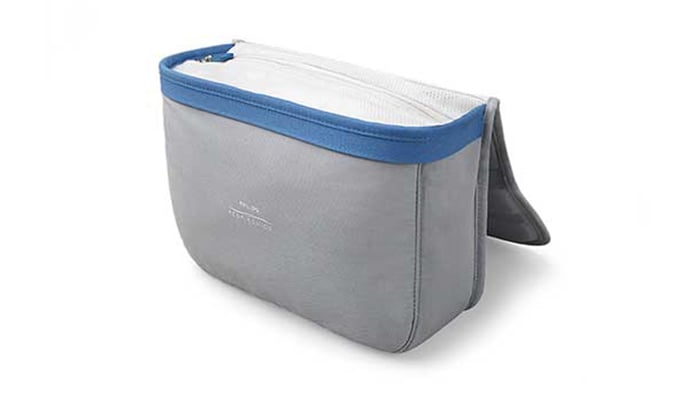
Bedside organiser
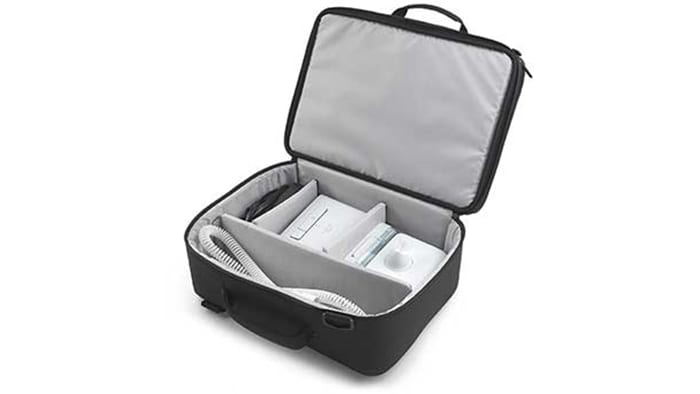
Travel briefcase with detachable laptop bag
Frequently asked questions
- When should I start feeling better after beginning to use my CPAP?
-
Most people begin to feel better within the first week of use, though for some people it may take a little longer.
- What if I still snore while using my CPAP?
-
Snoring while on CPAP should not happen. If it does, contact your doctor. Your pressure level might need to be adjusted.
- What if I lose or gain weight over the course of my treatment or my old symptoms reappear?
-
You may need to have your CPAP pressure level adjusted. Contact your doctor.
- If I need to be hospitalized for any reason, should I take my device with me and use it at night?
-
Yes. Also, if you are having surgery, it is important to tell the surgeon and the anesthesiologist that you are using CPAP at home. You should also tell the doctor treating you for sleep apnea that you are going into the hospital.
- I just can’t seem to adjust to my CPAP therapy. What should I do?
-
Most people will adjust to CPAP in one to two weeks. Occasionally, it may take a little longer if, for example, you are very sensitive to the feel of the mask on your face or the sound of the device. Call your homecare provider or your prescribing physician if you continue to have problems beyond two weeks. Ask if you are eligible to try a bi-level or auto-adjusting device.
- Why use a humidifier with a therapy device?
-
Humidifiers are designed to moisturize the air that is being delivered to you from the therapy device. There are two types of humidifiers – heated and unheated. Heated humidifiers do not “heat the air” but will increase the moisture content of the air delivered. Humidifiers can help to reduce some of the side-effects of therapy, such as dry nose.
- What does tubing do?
-
The tubing is used to carry the air from the therapy device to the mask. You should clean and inspect your tubing at least once a week to make sure it is clean, bendable and that is doesn’t have any tears. If you think your tubing is ready for replacement, contact your homecare provider.
- What do filters do?
-
Therapy devices come with filters. Some devices come with one regular filter and others come with two – one regular filter and one ultra-fine filter. See your device manual for details on caring for your filters.

Are you a sleep professional?
References For informational purposes only, not to replace physician's directions.
ALWAYS FOLLOW THE DIRECTIONS FOR USE.
